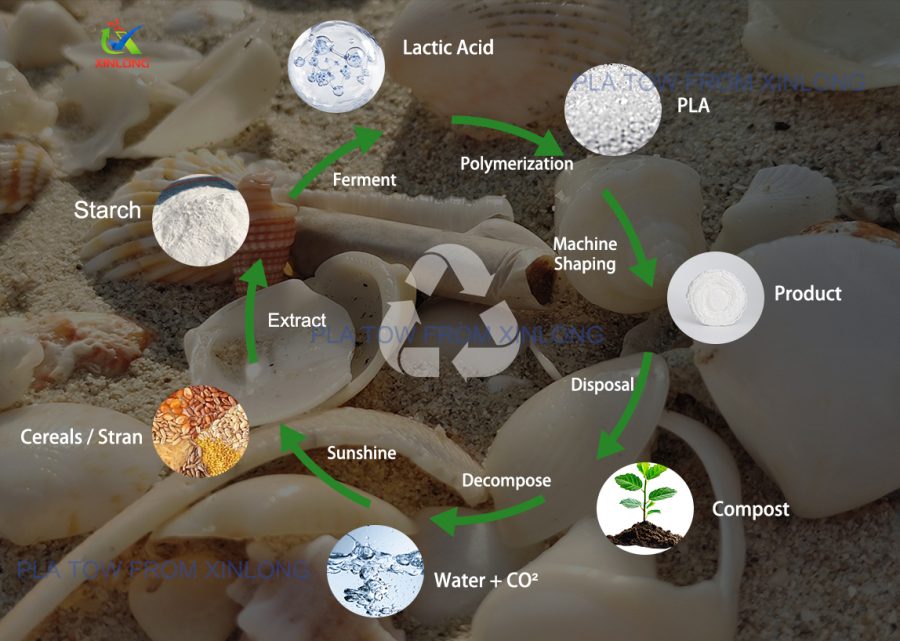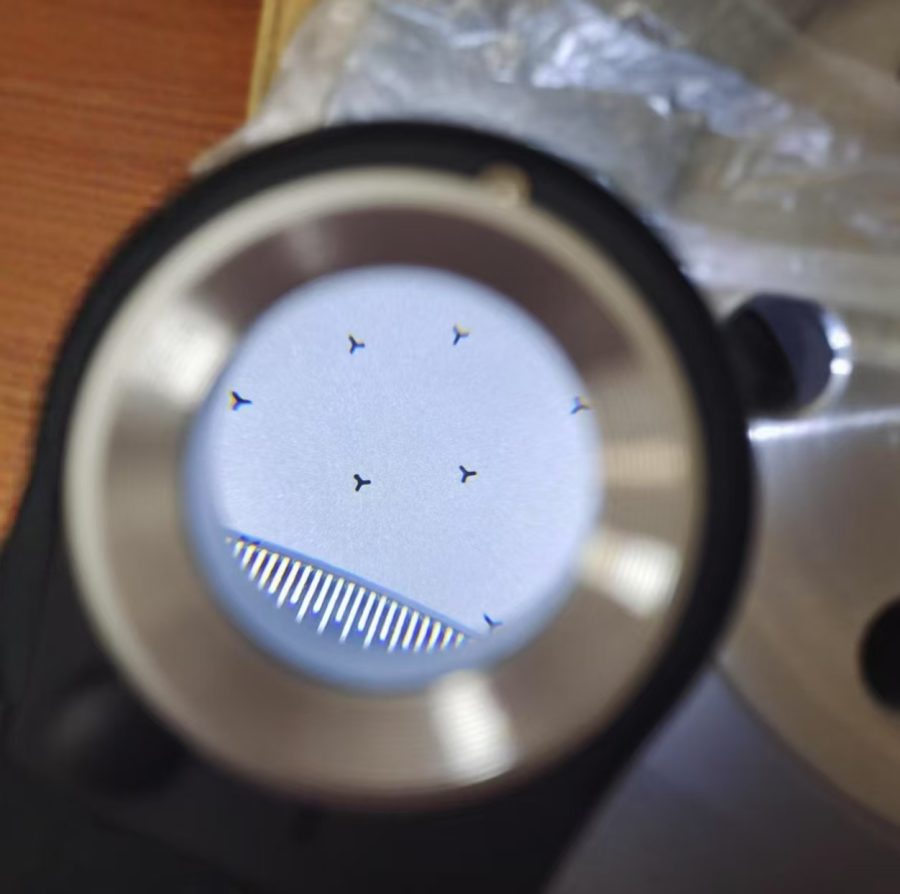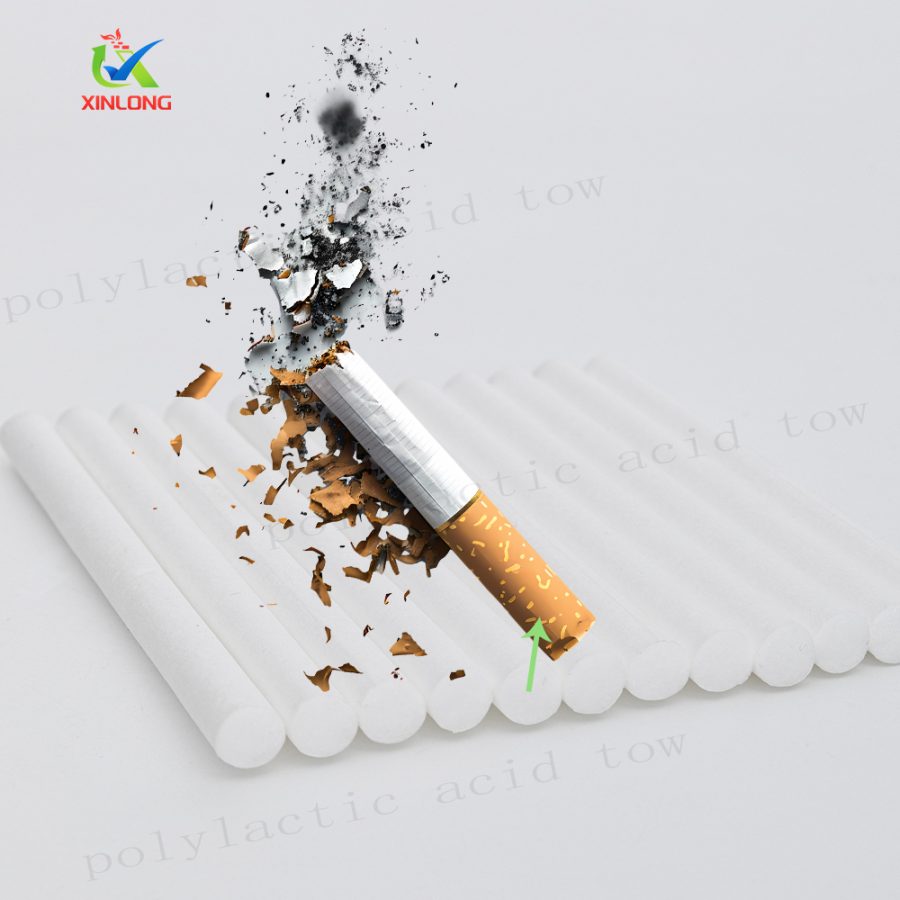From Corn to Filter: Unveiling the Green Journey of Polylactic Acid Tow
As environmental awareness continues to grow, polylactic acid (PLA) tow, as a biodegradable and eco-friendly material, is gradually making its way into our lives. You might not realize it, but the cigarette filter in your hand could very well be made from plants like corn or sugarcane. So, how exactly is PLA tow transformed from plants into filters? Let’s uncover the mystery together.

Step 1: Extracting Sugar from Plants
The production journey of PLA tow begins in nature. Corn, sugarcane, cassava, and other starch-rich plants serve as its primary raw materials. First, these plants are processed into starch, which is then converted into fermentable sugars like glucose through enzymatic or acid hydrolysis.
Step 2: Fermentation to Produce Lactic Acid
Next, these sugars are fed into fermentation tanks, where lactic acid bacteria work their magic. Like diligent little bees, the bacteria convert the sugars into lactic acid. The fermentation process requires strict control of temperature, pH, and other conditions to ensure the activity and yield of the bacteria.
Step 3: Polymerization of Lactic Acid into Polylactic Acid
The lactic acid obtained from fermentation is purified and then sent to a polymerization reactor. Under the action of a catalyst, lactic acid molecules undergo a condensation reaction, linking together to form long-chain polylactic acid molecules. This process is like stringing beads, connecting individual lactic acid molecules to ultimately create polylactic acid.
Step 4: Melt Spinning to Produce Tow
After drying, the polylactic acid pellets are fed into a spinning machine. At high temperatures, the pellets melt into a viscous liquid, which is then extruded through tiny holes in a spinneret to form fine fibers. These fibers are cooled, stretched, crimped, and processed into the PLA tow we need.

Step 5: Processing into Filters
PLA tow has excellent processability and can be shaped into filters of different forms and specifications as required. During processing, the PLA tow is carded, formed, and cut, eventually becoming the familiar cigarette filter.
Eco-Friendly and Promising for the Future
Compared to traditional acetate fiber filters, PLA tow filters offer advantages such as biodegradability, non-toxicity, and renewable raw materials. After use, PLA tow filters can be broken down by microorganisms in the natural environment, ultimately turning into carbon dioxide and water, without causing pollution.

As environmental awareness strengthens and technology advances, the applications of PLA tow will continue to expand. It’s believed that in the near future, we will see more eco-friendly products made from PLA tow, contributing to the protection of our planet.
In addition to cigarette filters, PLA tow can also be used in the following fields:
Textile Industry: Producing eco-friendly clothing, home textiles, and more.
Medical and Healthcare: Manufacturing surgical sutures, medical dressings, etc.
Packaging Industry: Creating eco-friendly packaging materials, tableware, and more.
The green journey of PLA tow has only just begun, and it’s sure to bring us more surprises in the future!

